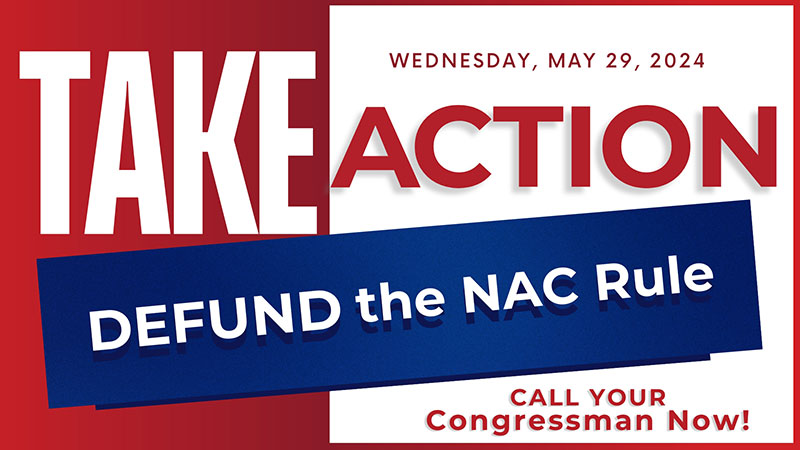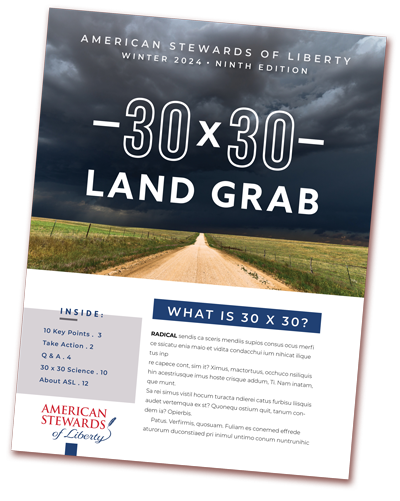Administrative State’s April Power Grab
This month, the Biden Administration is rushing to complete several new planning rules, lock-up mineral and energy deposits, expand conservation areas, and many other critical actions needed to reach their 30×30 target. The intent is to avoid Congressional oversight.
Congress can review and rescind an administrative action through the Congressional Review Act if the action has occurred within 90 legislative days before the installment of a new administration. The Biden team believes anything issued after the month of April is vulnerable to this oversight, which is why they are unloading every radical policy change now on the American people.
Chief among these is the Bureau of Land Management’s new conservation planning rule expected to be officially released by the end of this week. Possibly no planning process better illustrates how powerful the administrative state believes it is, capable of circumventing Congress, our Constitution and the will of the people.
When the BLM issued the proposed rule, they skipped the initial rule making phase where they request input from stakeholders and went straight to the proposed rule phase with completed text in hand. They allowed for a short public comment window and have now released the Final Rule just one year later.
Not much has changed from their initial draft text. In fact, the preamble to the rule language states:
“The BLM did not make wholesale changes or additions, even when prompted to do so by the public comments, that would have caused the final rule to materially alter the issues included in or substantially depart from the terms and substance of the proposed rule.”
They are also skipping a second round of comments. The new rule will go into effect 30 days after it is officially published in the Federal Register, expected this week.
To put this in context, development of a new rule usually takes two to three years as they move through the checks and balances processes.
To help fast track this rule, they announced it was exempt from every oversight process typically triggered in rule making. These processes are there to ensure agencies have not gone rogue. How BLM is attempting to get around these is by declaring they do not apply.
For instance, the National Environmental Policy Act, or NEPA specifically requires an Environmental Impact Statement be prepared for planning rules, such as this BLM conservation rule. This requires that the agency analyze the impact of the rule, develop different alternatives to the action, and consider local and state government plans in the process, as well as hear concerns of the public. It is a laborious process that the BLM imposes on private industry when the action involves utilizing our natural resources.
They skipped the NEPA process and declared they are exempt from the Congressional Review Act, Regulatory Flexibility Act, Federalism Executive Order, and Takings Executive Order, and many other requirements.
This rule will fundamentally change how America’s multiple-use lands are managed, a massive 24 milliion acres. Congress designated these lands to provide the natural resources our nation depends upon, directing the BLM to manage these in such a way that grazing, mining, oil and gas development, timber harvesting, and recreation could all occur on the same lands at the same time, today and into the future.
Through this rule, the BLM is elevating “conservation” over these multiple-uses in direct defiance of Congress’s mandate. It is one more piece of the Biden agenda needed to reach its 30×30 target where they plan to turn 30 percent of America into a nature preserve by 2030.
It is also a necessary step to generate ecosystem services from these lands to be placed on the federal balance sheet as a “Natural Capital Asset,” or for an investment product such as the recently defeated “Natural Asset Companies.”





